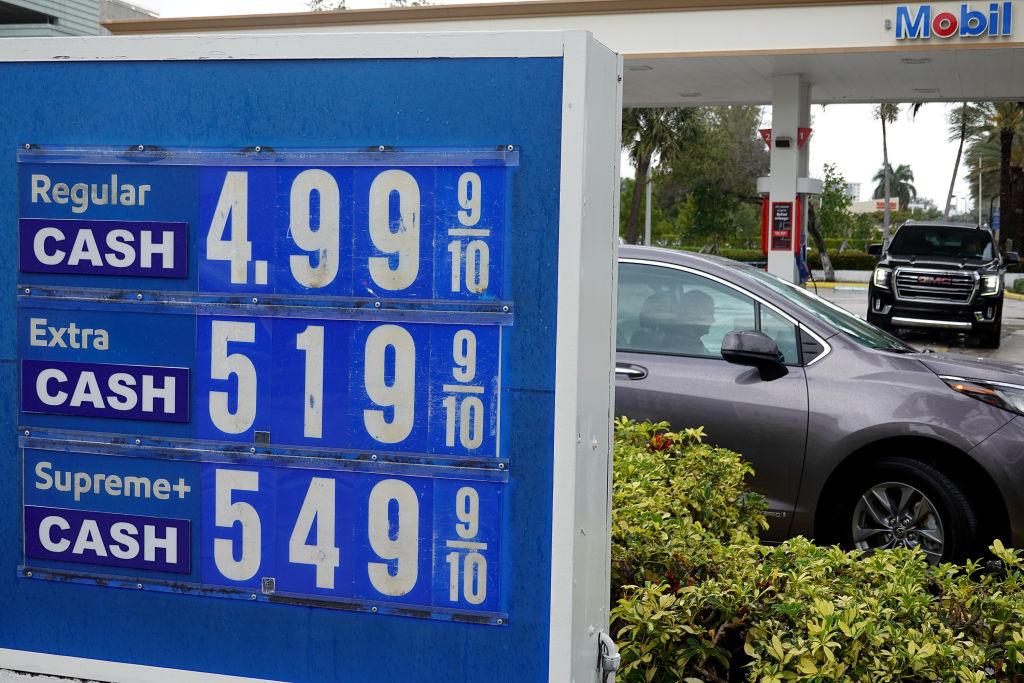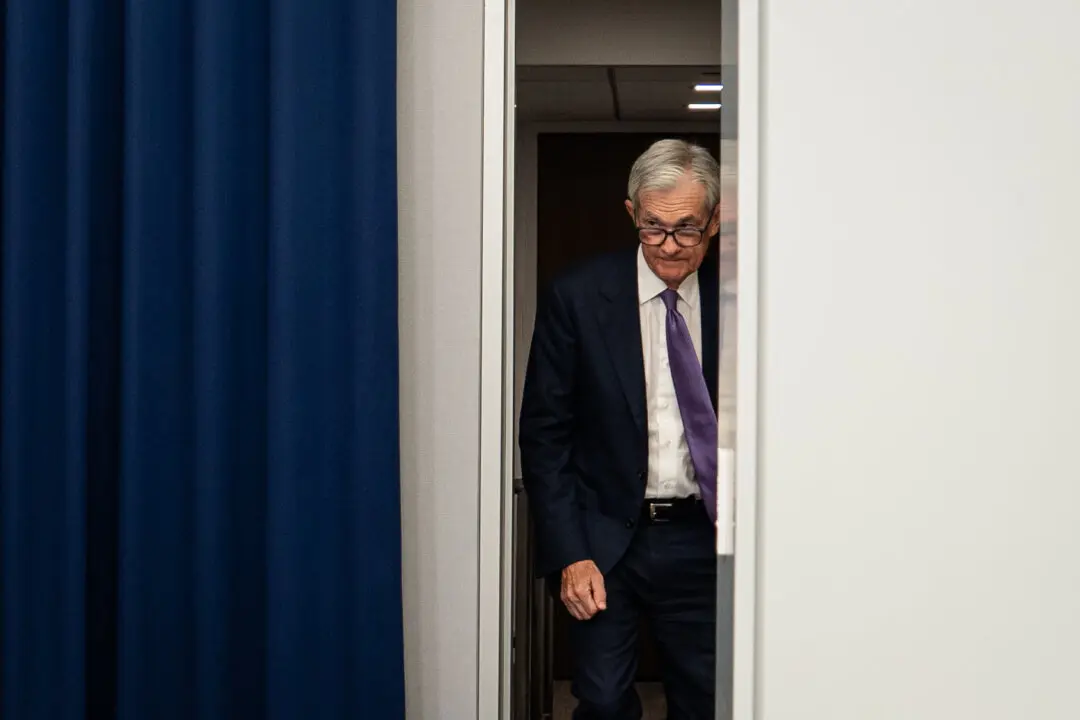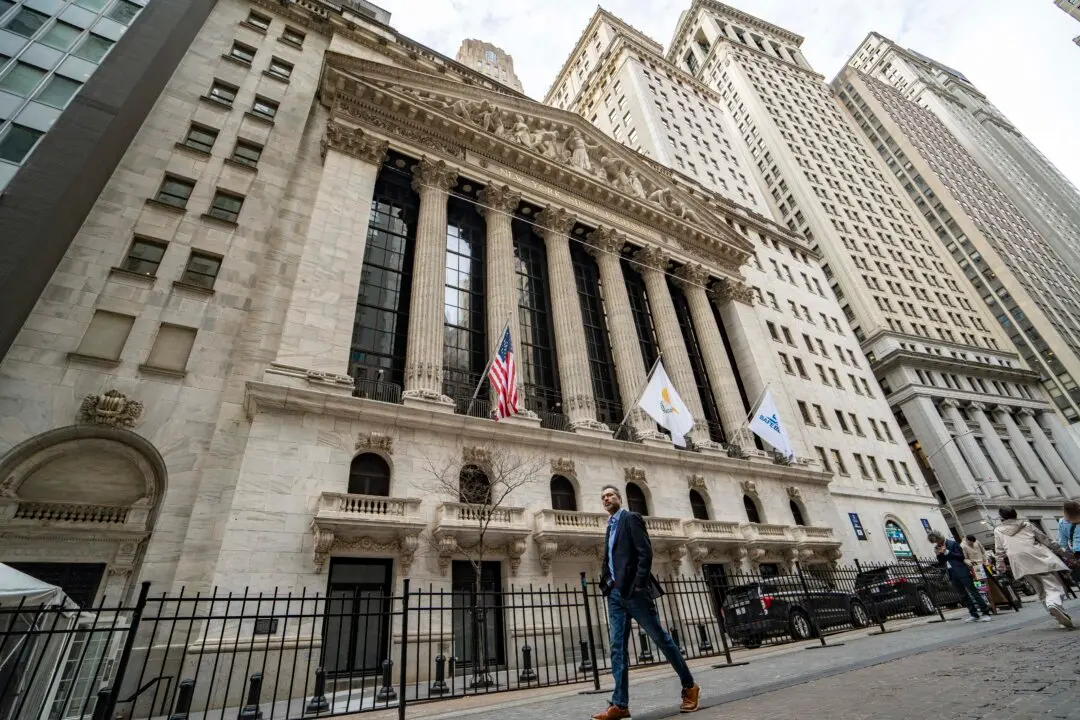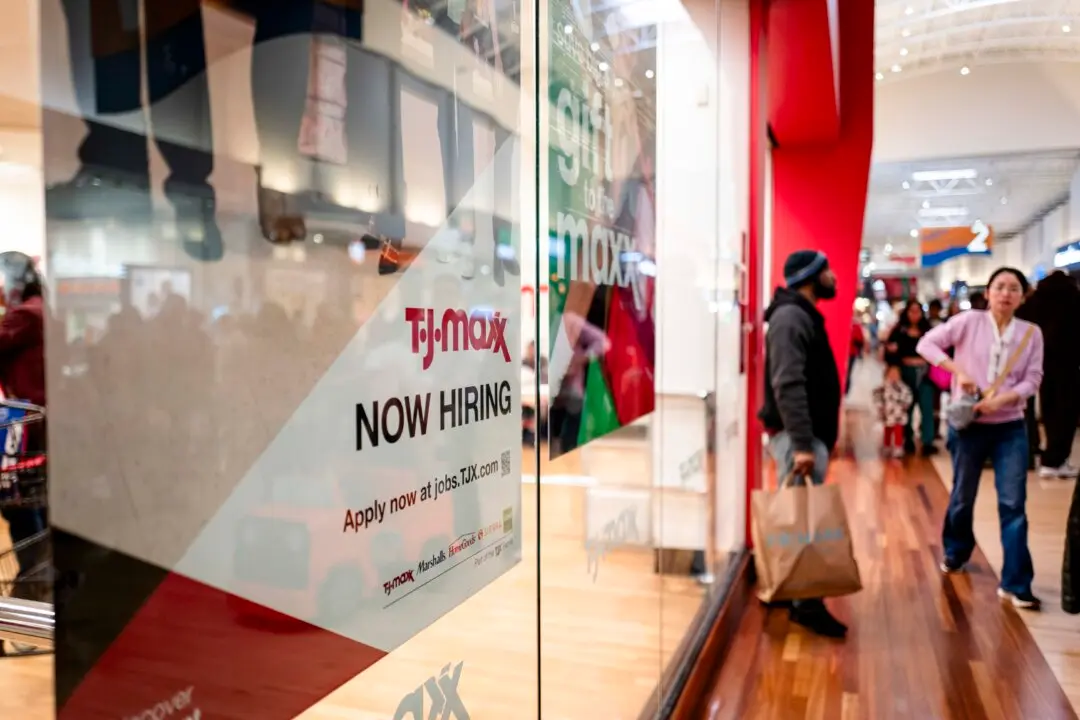The White House prepared the American people for “extraordinarily elevated” inflation ahead of the key March data, describing 40-year-high inflation as “Putin’s price hike.”
The U.S. annual inflation rate surged to 8.5 percent last month, topping the market estimate of 8.4 percent. The core inflation rate, which excludes the volatile energy and food sectors, advanced by 6.5 percent.





